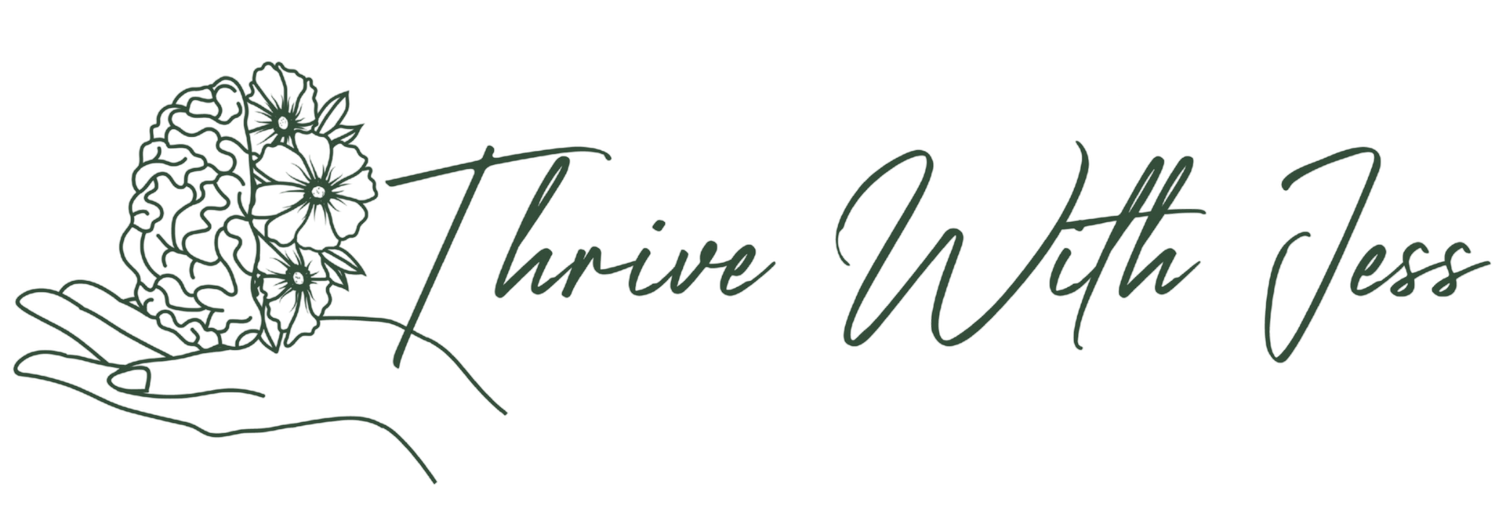The Echoes We Inherit: Understanding Generational Trauma and How to Heal
I was recently on holiday in Italy and had the honor of visiting the ancient cities of Pompeii and Herculaneum. Walking through the ruins, I was struck by how much had been preserved — homes, artwork, and even moments of daily life frozen in time.
Seeing the devastation caused by the eruption of Mount Vesuvius in 79 AD had me thinking deeply about trauma — but not just individual trauma. What came to mind was generational trauma, and how the echoes of pain and survival can carry long after the original event has ended.
The experience led me to reflect on what it really means to inherit trauma — not just through stories, but through behaviors, beliefs, and emotional patterns that get passed down, often without our awareness.
What Is Generational Trauma?
Something I often tell my clients is, “Everything you’ve lived through — good or bad — affects you.”
That doesn’t mean every experience is traumatic, but certain events can leave lasting marks: car accidents, serious illnesses, or even cataclysmic events like surviving a volcanic eruption. These experiences shape us.
But what about the experiences of our families? Can we carry their pain, too?
The short answer: yes, we can.
Generational trauma (sometimes called intergenerational trauma) refers to the lingering psychological and emotional effects of trauma being passed down from one generation to the next. Think of it as emotional baggage — but instead of coming only from your own life experiences, it’s inherited from your family’s.
How Trauma Gets Passed Down
I recently read What My Bones Know by Stephanie Foo, a memoir that explores C-PTSD. In it, she references a fascinating study on mice that suggested certain fears could be inherited across generations. This means that living through a traumatic event might not only change someone emotionally — it may even alter biological responses that can be passed to future generations.
However, it’s not just about biology. Trauma is also transmitted through environmental and psychological pathways: how parents behave, how families communicate (or don’t), and the cultural stories that shape our identity.
In other words, trauma can be passed down through:
Family behavior and coping patterns
Emotional suppression or silence around painful topics
Cultural identity and collective experiences
The environment in which we grow up
These layers — biological, emotional, and relational — can all carry echoes of the past.
Breaking the Cycle: What Healing Looks Like
The first step to healing is awareness — recognizing that something may be repeating or lingering. Generational trauma can show up in many ways: anxiety, depression, low self-esteem, or self-destructive behaviors. Within families, it might appear as codependency, people-pleasing, or unhealthy attachment styles.
Understanding where these patterns come from can help loosen their hold. Some sources of generational trauma include:
Systemic discrimination and racism
Poverty and chronic instability
Slavery, colonization, or oppression
War and displacement
Natural disasters
Family abuse or neglect
Thankfully, there are effective therapeutic approaches that can help:
EMDR (Eye Movement Desensitization and Reprocessing) helps the brain reprocess traumatic memories so they no longer feel overwhelming.
Somatic experiencing focuses on the mind-body connection and releases the trauma stored within the nervous system.
Trauma-Focused CBT helps individuals build coping skills, challenge unhelpful beliefs, and express emotions safely.
Internal Family Systems (IFS) helps people identify the parts of themselves — beliefs, fears, and emotional responses — that may have been inherited or modeled from previous generations, offering compassion and integration.
Moving From Survival to Connection
Healing generational trauma isn’t about erasing the past — and honestly, I remind my clients that we can’t make something that hurt not be hurtful.
But we can transform our relationship with it, and allow it to hurt less.
What we’re left with — like the ruins of Pompeii — tells a story. Yet we get to decide what we build next. Not every inherited lesson is a bad one; some are sources of strength, resilience, and wisdom.
The question becomes:
Which patterns are you ready to release, and which are you ready to keep?
If you’re ready to explore and heal the stories that live beneath the surface, I’d be honored to help.
References & Further Reading
If you’d like to explore more about the impact of generational trauma and healing, here are some resources I recommend:
Foo, S. (2022). What My Bones Know: A Memoir of Healing from Complex Trauma. New York: Ballantine Books.
Cleveland Clinic. (2024). Generational Trauma: How Trauma Gets Passed Down Through Families.
Retrieved from https://health.clevelandclinic.org/generational-trauma
Sandstone Care. (2023). What Is Generational Trauma?
Retrieved from https://www.sandstonecare.com/blog/generational-trauma/
